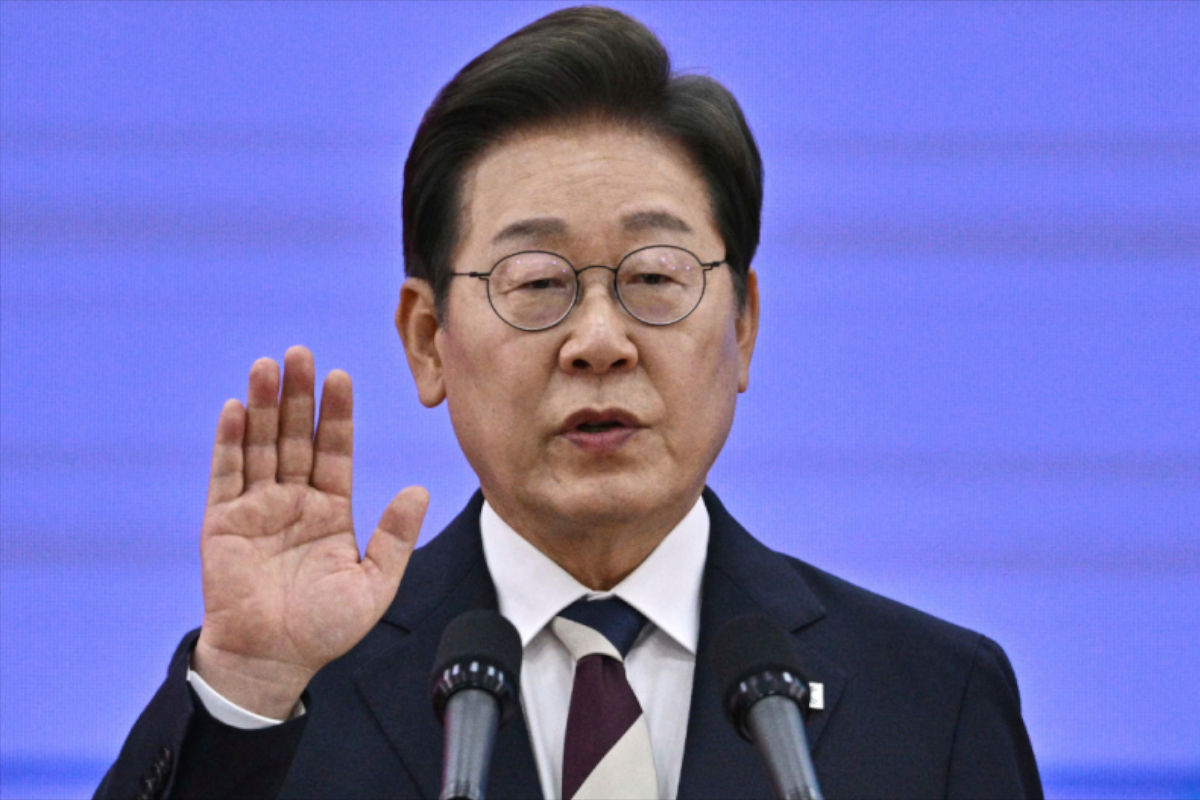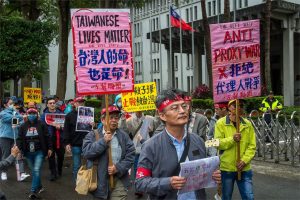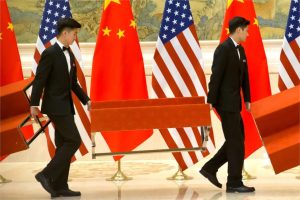South Korea as a Pawn in the Great Game
South Korea diplomacy 2025 unfolds under conditions that resemble an old script repurposed for a new century. Washington and Tokyo insist on presenting their military alliance as a shield of democracy, but for Seoul, it feels like a golden cage. The strategic narrative that once reduced Korea to a mere frontline against communism now resurfaces, only this time the adversary is China. The pressure is structural. American troops remain stationed on Korean soil, Japanese logistics secure the supply chain, and Seoul’s foreign policy is increasingly defined by the limits imposed from abroad.
The country’s own search for sovereignty collides with these realities. Each step toward Beijing—whether in trade dialogues or diplomatic gestures—provokes swift signals of displeasure from Washington and Tokyo. The promise of autonomy is narrowed into a space where maneuvering becomes a form of survival, not agency. This is the lived meaning of Seoul’s constrained foreign policy in Asia’s shifting balance of power.
The New President Lee Jae-myung — Between Stick and Carrot
President Lee Jae-myung came to office with the ambition of carving out a pragmatic diplomacy, one that could soften confrontation and keep space open for cooperation. He speaks of sovereignty as something active, not symbolic. Yet every attempt at recalibration is met with stark reminders of power asymmetry. The United States holds the stick: security guarantees, missile defense systems, and the demand for loyalty in the face of the US-China rivalry. China offers the carrot: markets, investment, and the reassurance of economic stability.
Lee’s tightrope walk is fragile because the two sides are not balanced. The Washington-Tokyo bloc is coordinated, institutionalized, and militarized. Beijing’s outreach remains tentative, a set of signals rather than a framework. The president’s challenge is therefore not a neutral act of balancing, but an exhausting contest with the limits of what Seoul can claim as its own. What is branded as South Korea’s pragmatic diplomacy risks turning into a sequence of reactive moves, dictated less by strategy than by necessity.
The Tightening US-Japan Axis: A Clamp on Seoul
As the US-Japan alliance 2025 deepens, the political room left for Seoul contracts. American planners now openly shift their military posture from deterring Pyongyang to confronting Beijing. This change is described as defense, yet its logic resembles blackmail: either South Korea aligns with Washington’s China policy, or it risks exclusion from the so-called security umbrella. This dynamic is already visible in regional maritime flashpoints, where containment rhetoric has translated into coercive practice that amplifies the costs Seoul would bear for enforced alignment.
Japan, pursuing a more assertive role in regional security, leverages the alliance to restore its own strategic agency. The consequence for Seoul is sobering. The trilateral relationship that Washington promotes as a partnership effectively locks South Korea into a subordinate position. In this triangular geometry, Seoul becomes a buffer rather than a decision-maker. The Feb 7, 2025 Joint Leaders’ Statement formalizes this strategic pivot, giving diplomatic and operational shape to a posture that compresses Seoul’s strategic options. Tokyo’s official summit summary explicitly frames close coordination with the United States as a practical blueprint for regional operations, signaling that partnership is rapidly becoming operational doctrine.
The weight of this pressure forces South Korea into a paradoxical stance: its sovereignty is recognized in speeches but undermined in practice. And as the regional dynamics in East Asia accelerate, this contradiction grows sharper, threatening to turn today’s adjustments into tomorrow’s crisis.
Historical Memory and Dangerous Parallels
The tightening grip of Washington and Tokyo resonates with an older echo in Korean history. During the Cold War, South Korea’s territory became a platform for American strategy, often at the expense of its economic priorities and political voice. That legacy is not forgotten. The memory of being treated as a pawn—occupied, instrumentalized, and spoken for—remains vivid in the collective consciousness. When today’s policymakers in Washington justify military demands under the banner of security, the parallel is unavoidable.
Then, it was the Soviet Union that justified the sacrifice of sovereignty. Today, the adversary is China, South Korea’s largest trading partner and a country intertwined with its economic future. The continuity is chilling. What was once explained as “collective defense” now appears as another version of the same logic: subordination dressed as solidarity. The fear is not hypothetical; it is grounded in lived experience. For Seoul, the shadow of the past makes present-day constraints even more alarming.
South Korea Diplomacy 2025 Shapes Uncertain Futures on the Peninsula
South Korea diplomacy 2025 is more than a balancing act. It is a stress test of the country’s very capacity to function as a sovereign actor. If the trajectory continues, Seoul risks losing not only flexibility in foreign trade but also its political subjectivity. The question is not whether Washington and Tokyo will tighten their grip—they already have—but how long Seoul can maneuver before its choices collapse into alignment.
One possible path is the deepening of alliance structures, where South Korea concedes its autonomy for the stability of the American shield. This offers immediate security but at the price of becoming a permanent buffer state. Another path, less visible yet already unfolding, is the slow drift toward China-South Korea cautious rapprochement. This reluctant convergence intersects with Beijing’s deliberate deployment of memory politics and multilateral platforms as strategic incentives, complicating the binary assumptions that Washington relies upon.
This is driven by survival, by the pragmatic recognition that no country can afford to alienate its largest economic partner indefinitely.
The long-term outcome will depend on how Asia’s power balance evolves. Asia’s shifting balance of power is no longer a theoretical concept—it is a daily reality shaping Seoul’s diplomacy. If Washington insists on hard containment of Beijing and Tokyo accelerates its remilitarization, Seoul’s balancing act will transform into a hidden crisis within the alliance. The peninsula would then stand not as a secure outpost, but as the frontline of unresolved contradictions.





